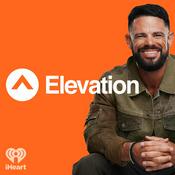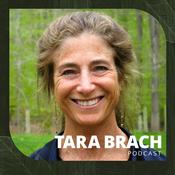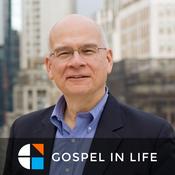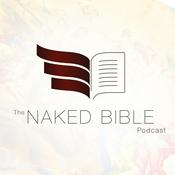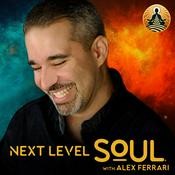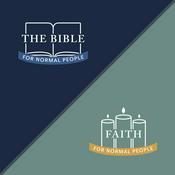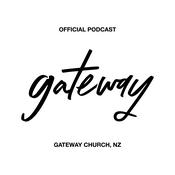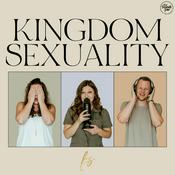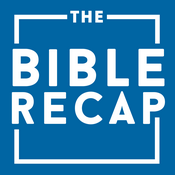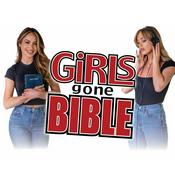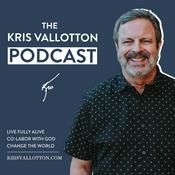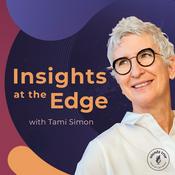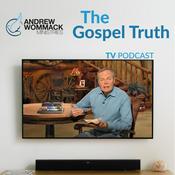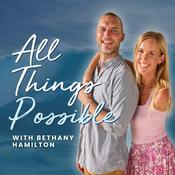Visually Sacred: Conversations on the Power of Images
Arthur Aghajanian

Latest episode
Available Episodes
5 of 40
- Aaron Rosen: Rethinking Religious ImageryAaron Rosen is a writer, curator, and non-profit leader, respected internationally for his work in the public humanities, interfaith dialogue, and the arts. He is Executive Director of The Clemente Course in the Humanities, and founded and directs the not-for-profit Parsonage Gallery in Maine, exploring issues of ecology and spirituality through contemporary art. He is the author or editor of a dozen books, including "What Would Jesus See?", and "Art and Religion in the 21st Century" and has provided commentary for the BBC, PBS, CNN.com and The Guardian. He is also the visual arts editor for Image Journal.In this conversation, Aaron shared his views on the unique dynamics found in the intersection of art and religion. We explored the importance of religious imagery, visual thinking in understanding Jesus, and the historical influence of Christian art on Jewish artists. Our dialogue also touched on art's role in fostering interfaith dialogue and the Parsonage Gallery's unique contribution to experimental art and community engagement.--------1:28:23
- Kathryn Barush: Pilgrimage and Material ReligionKathryn is Bertelsen Professor of Art History and Religion at the Graduate Theological Union and Jesuit School of Theology of Santa Clara University. She has published extensively on the theory of pilgrimage, especially as it relates to art experience. Her recent project, "Imaging Pilgrimage: Art as Embodied Experience" was the recipient of the American Academy of Religion and the Arts Book Award and the Borsch-Rast Book Prize. She is the founding director of the Berkeley Art and Interreligious Pilgrimage Project, and remains an advisor to the British Pilgrimage Trust.In this conversation, I spoke with Kathryn about the multifaceted nature of pilgrimage and its relationship to art, spirituality, and community. We explored how images, objects, and environments enhance the pilgrimage experience, from historical traditions to contemporary practices. We also discussed the transformative power of art and the ways it can foster imagination, communitas, and deeper spiritual engagement.--------1:14:08
- Julio Bermudez: Building for TranscendenceJulio is president of the Architecture, Culture and Spirituality Forum, that he cofounded in 2007. His interests focus on the relationship between architecture, culture, and spirituality through the lens of phenomenology and neuroscience. Julio has widely lectured, led symposia, taught, published, or appeared in the media covering these areas. Current projects include three neuro-phenomenological studies of sacred vs. secular architecture. He has received several national and international recognitions.In this conversation, Julio and I look at how sacred spaces are designed to evoke transcendental experiences. We discuss various architectural principles that contribute to the creation of these spaces, the scientific studies that analyze human responses to sacred architecture, and the differences between Catholic and Protestant church designs. Our talk also covered the importance of community in church architecture and the tension between modern and traditional forms of church architecture. Additionally, we considered the challenges posed by consumerism on the design of contemporary worship environments.--------1:35:54
- Charles Pickstone: Sacred Meaning in ArtCharles is vicar of St. Laurence, Catford, London and a trustee of "Art & Christianity Enquiry." He is on the editorial board of "Art & Christianity," and until recently a visiting scholar at Sarum College. Charles regularly contributes articles to books and magazines on art and spirituality, as well as lecturing in the UK and abroad. He is on the board of the UK branch of AICA (the International Association of Art Critics), and is chair of the Fabric Advisory Committee of Southwark Cathedral.In this conversation, Charles and I explored the relationship between contemporary art and faith, and how he balances his roles as a priest and art critic. We discussed the shared ground between art and religion, and the Trinity as a framework for interpreting art. We also examined the spiritual dimensions of still life paintings as a Western parallel to Eastern Orthodox icons, as well as the evolving relationship between churches and museums, the intersection of sacred and secular themes in contemporary art, and how viewers can find deeper connections with artworks in a distracted society.--------1:23:45
- Ani Shahinian: Visualizing MartyrdomAni is an Assistant Professor in Armenian Christian Art and Theology, holding a post in Grace and Paul Shahinian Lectureship, at the St. Nersess Armenian Theological Seminary and St. Vladimir's Orthodox Theological Seminary in New York. She earned her doctorate in History and Theology at the University of Oxford. She holds a M.A. degree in Near Eastern and Languages and Cultures from UCLA, and diplomas in Philosophy and Theology from the University of Oxford. Ani’s doctoral research addressed the question of Christian martyrdom in the context of political, socio-economic, and ecclesiastical history in Late Medieval Armenia.In this conversation, Ani and I explored the multifaceted topic of martyrdom, examining its evolution from early Christian martyrs to contemporary times. We discussed the Armenian perspective on martyrdom, including its historical significance during the Armenian Genocide and its role in shaping Armenian identity. We also considered how martyrdom resonates beyond religious contexts, reflecting universal themes of suffering, justice, and hope.--------1:15:50
More Religion & Spirituality podcasts
Trending Religion & Spirituality podcasts
About Visually Sacred: Conversations on the Power of Images
Christian contemplative and essayist Arthur Aghajanian explores how images influence our understanding of reality and the sacred through conversations with thought leaders on art, visual culture, and religion. Each episode delves into a different area of visual theology, opening to spiritual wisdom while deconstructing an image-saturated world. Learn more at imageandfaith.com
Podcast websiteListen to Visually Sacred: Conversations on the Power of Images, Elevation with Steven Furtick and many other podcasts from around the world with the radio.net app

Get the free radio.net app
- Stations and podcasts to bookmark
- Stream via Wi-Fi or Bluetooth
- Supports Carplay & Android Auto
- Many other app features
Get the free radio.net app
- Stations and podcasts to bookmark
- Stream via Wi-Fi or Bluetooth
- Supports Carplay & Android Auto
- Many other app features


Visually Sacred: Conversations on the Power of Images
Scan code,
download the app,
start listening.
download the app,
start listening.
